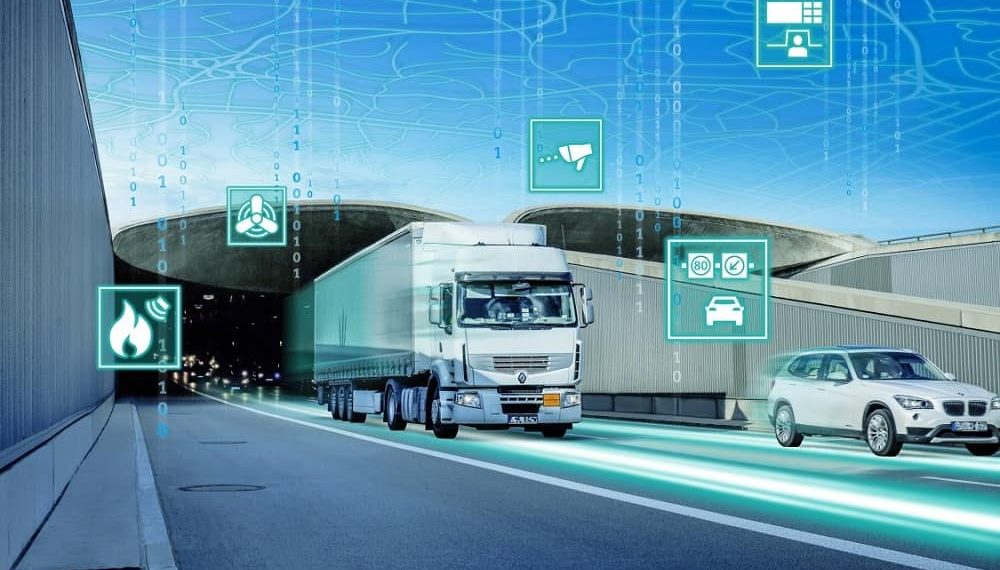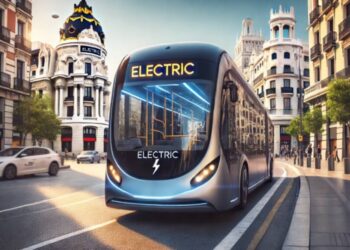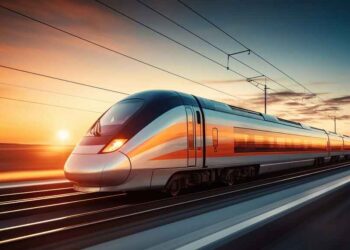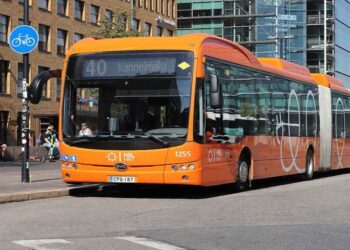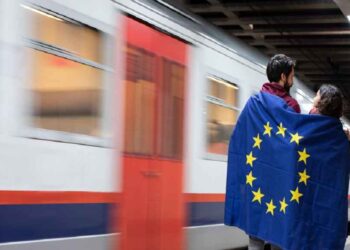Artificial Intelligence is no buzz word. Yes; but it happens to be a driving force towards a revolutionary shift in the gamut of transportation. It happens to be propelling efficiency, sustainability, and, of course, safety to heights that one wouldn’t have imagined a few years back.
The fact is that AI for sure redefines how people and goods travel worldwide, be it self-driving cars or intelligent traffic management systems.
Through making use of ML techniques and algorithms, AI goes on to enhance operational efficiencies and also reduces human errors and impact on the environment.
Let us delve into 12 AI integration examples within the transportation sector and uncover the various ways AI goes on to contribute towards transport, thereby offering a future that’s cleaner, smarter, and faster.
Drone Delivery Systems
Drones, which happen to be AI-enabled, are indeed revolutionizing delivery services by way of optimizing flight paths, autonomously navigating so as to precise the drop-off locations and circumventing no-fly zones. This advanced tech has proven its worth in delivering medical supplies that are critical to the remote or difficult-to-access locations wherein the traditional delivery methods have been seen as very slow and also inefficient.
Predictive Maintenance
Under this, AI takes advantage of historical and also real-time information coming from the vehicles and also the infrastructure so as to predict failures before they take place. Predictive maintenance goes on to shift the maintenance strategies from reactive to proactive, hence prominently decreasing downtime and the cost that is associated.
Smart Ticketing Systems
AI within the smart ticketing systems goes on to shift public transit by way of utilizing passenger data so as to execute some dynamic pricing, that helps in managing congestion and at the same time enhancing a comprehensive passenger experience. Through adjusting the ticket prices and that too in real-time on the basis of demand, such systems go on to encourage the travelers to make use of public transportation all throughout the off-peak hours, hence optimizing the way the resources are utilized and at the same time also making sure to distribute the passenger load evenly all across the day.
Autonomous Vehicles
You may also refer to them as self-driving cars. They make use of AI in order to process intricate sensory data, hence helping them to make some real-time decisions. AI systems go on to evaluate the inputs by way of LIDAR, cameras, as well as radar in order to create a detailed map of the surroundings of the vehicle.
Traffic Management Systems
Traffic management systems that are AI-led, go on to leverage data through cameras, sensors, and tracking devices in order to enhance the traffic flow throughout urban landscapes. They happen to roll out cutting edge ML algorithms that evaluate traffic patterns and, at the same time, forecast future conditions. This kind of proactive alteration not only makes the traffic flow seamless but at the same time also decreases vehicle emissions through preventing many continuous stops and starts.
Port Automation
There is no shred of doubt whatsoever that AI immensely betters port efficiency, It incorporates automated cranes and even self-driving container trucks, such as those being utilized at the Port of Rotterdam so as to fine-tune logistics operations. This cutting-edge technology goes on to help in strategically scheduling the ship arrivals and also manage cargo shifts, thereby prominently minimizing the ship idle times. Because of this, the cargo handling processes get accelerated, enhancing the port’s throughput while at the same time decreasing operational expenses. All of this boosts productivity, decreases logistical bottlenecks, and hence shows the critical role of AI when it comes to modernizing port operations and also raising overall efficiency.
Railway Safety Improvements
The fact remains that AI technologies go on to significantly better the rail safety through consistently tracking and also evaluating the data coming from train operations. These systems happen to be adept in terms of detecting the wheel performance anomalies and, at the same time, tracking conditions, pinpointing the issues that may lead to accidents. When we talk of Europe, AI applications in real-time monitoring pertaining to high-speed trains goes on to exemplify the critical role it plays in terms of upholding the stringent safety benchmarks. The AI tech in a way happens to decrease the risk pertaining to derailments as well as other safety issues through putting in place some proactive maintenance and at the same time ensuring to address any irregularities.
Flight Operations Tracking
It is no wonder to state that AI happens to be very crucial when it comes to aviation, as it assists airlines in optimizing flight routes, manage the air traffic, and also maintain the aircraft. It happens to process massive amounts of data such as weather conditions, a probable turbulence on the flight path and also assists with the flight dynamics so as to recommend the safest as well as the most fuel-efficient paths. All this leads to AI enhancing the passenger safety and also operational reliability. Moreover, this technology goes on to prominently decrease fuel consumption through identifying better direct routes and also optimal flying speeds, thereby decreasing the environmental impact. Delays, Smoother and punctual travel experience for passengers are very well taken care of.
Ride-Sharing Optimization
Uber and Lyft, which happen to be the Ride-sharing platforms such go ahead and harness AI in order to revolutionize how the passengers go on to connect with the drivers. These platforms make use of some very sophisticated AI algorithms in order to make sure that the riders are in sync with the nearby. This system happens to be dynamic, continuously learning and also making alterations based on real-time data such as traffic conditions, present ride requests, and also availability of the driver. Because of this, AI’s integration within ride-sharing services goes on to enhance operational efficiency, hence speeding up the service delivery, making sure to lessen passenger wait times, and at the same time optimizing the drivers’ routes. Because of this, there happens to be user satisfaction and all of this increases the comprehensive efficiency in terms of the ride-sharing landscape.
Bus Services On-Demand
On-demand bus services go on to make the use of AI to customise public transportation to real-time commuter requirements rather than fixed schedules as well as routes. By making use of AI, these services go on to evaluate data points like traffic conditions, patterns in user demand and optimal routing, so as to dynamically dispatch the buses. All this helps in increasing the transportation efficiency through directly taking care of the user demand and also decreasing unnecessary stoppage and empty trips.
Networks for Electric Vehicle Charging
AI happens to be instrumental when it comes to managing infrastructure that’s expanding of the EV charging stations. AI makes sure to optimise the energy usage and at the same time also reduces the strain when it comes to electrical grids throughout the peak times by way of forecasting the demand patterns and also efficiently distributing the power throughout the network. The intelligent management makes sure EV owners get a smoother and also a more dependable charging experience.
Automated Traffic Monitoring
AI powered Automated traffic surveillance systems happen to be critical in terms of enhancing the road safety and making sure of traffic law compliance. These systems make use of cameras and AI so as to evaluate the traffic flow, see violations like speeding, lane changes that are illegal, or parking that’s unauthorised and automatically issue fines.
From the above, it can be seen that executing AI within transportation happens to go beyond the tech enhancement and represents a transition towards a more robust infra that’s intelligent.




















